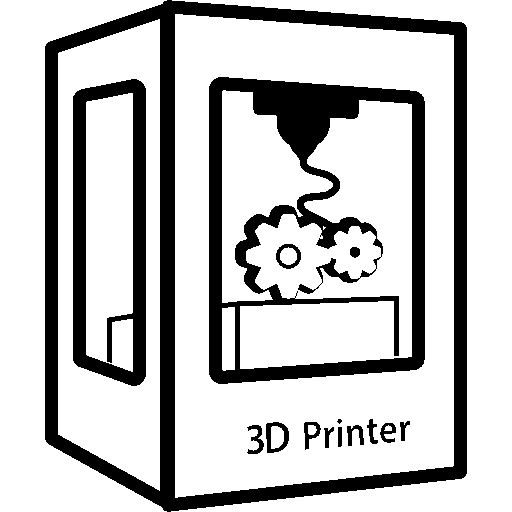I am looking to purchase a 3D printer as a hobbyist, not for any commercial use. I have limited options with local 3D printers but that’s good as they’re mostly cheaper low end printers so I can look at them thoroughly.
When I’m comparing the different 3D printers I’m mainly looking at the following: Cost, nozzle diameter, layer height, volume, and viable filaments.
My question is, is there anything else I’m missing? Are there important things I should be considering or avoiding?
Different printers have different resolutions but for my purposes it looks like they’re all highly accurate and way past what I need. Not worried about speed either. They all mention bed and nozzle temperatures but I assume they are all within the necessary range for the filaments they allow right? So does it matter?
Also, any advice for maintenance? How to make it last as long as possible any mistakes I should be wary of. Thanks.


Keep in mind that you can nearly always modify a prinyer after you purchase it. Lidar is going to be hard to add on after the fact, but IMO is unnecessary. There are tons and tons of camera monitoring systems you can use. You can also add filament runout sensors, spring steel beds, better part cooling, an enclosure, a direct dribe extruder, basically anything extruder related, etc.
For your purchase, I would look at a printer that is either set up the way you want out of the box or has the physical characteristics you want, since some of those are going to be harder to modify.